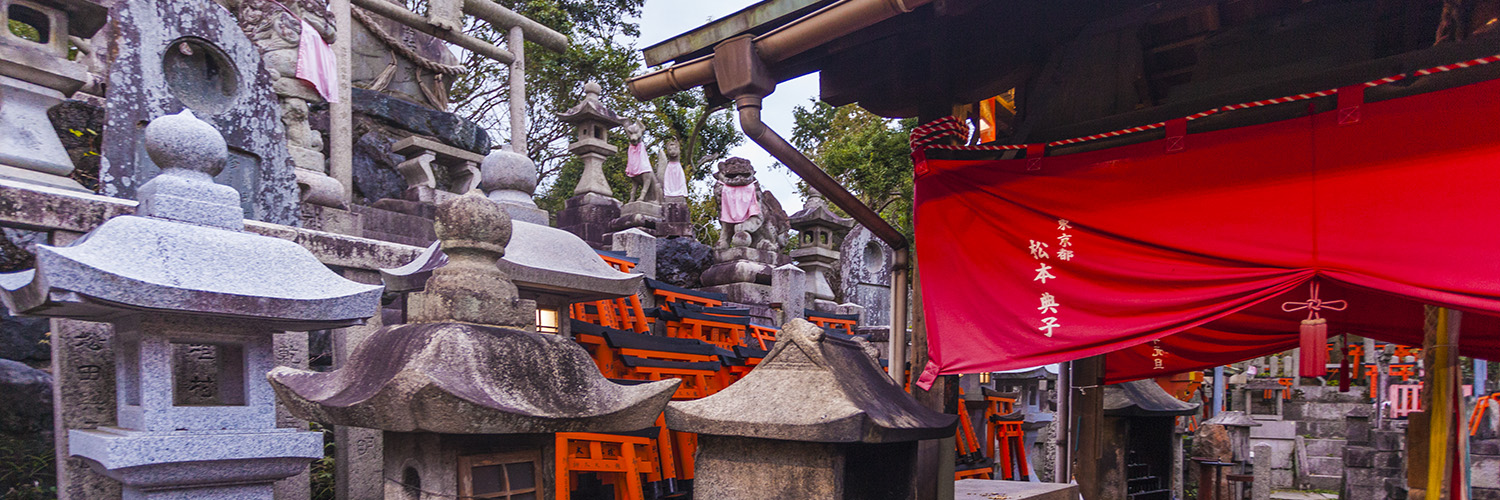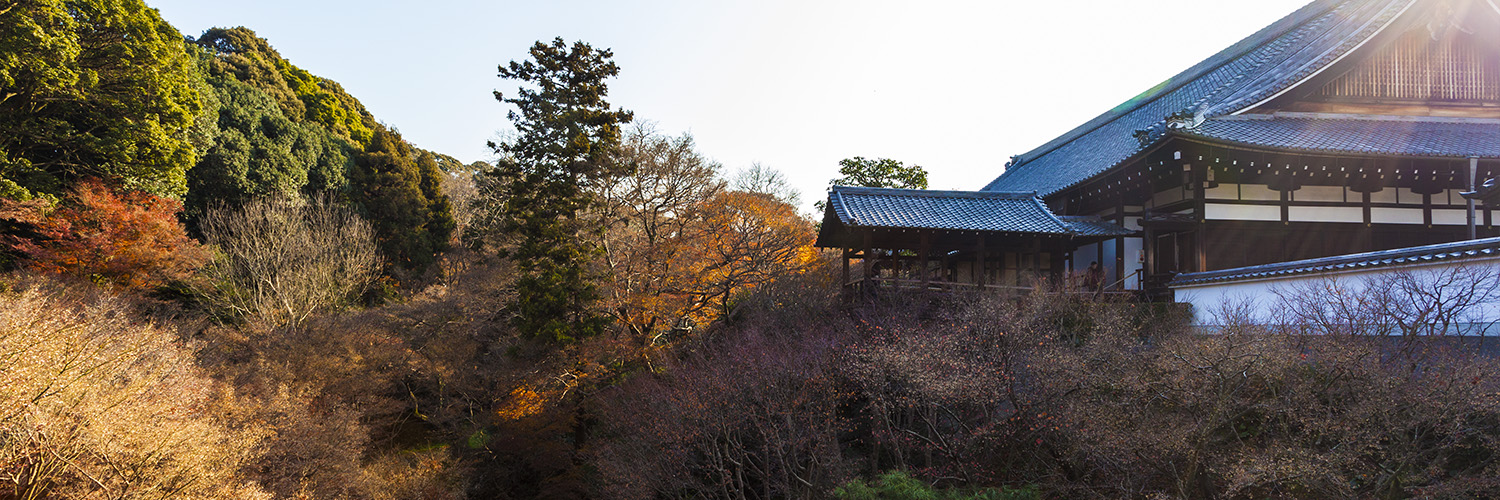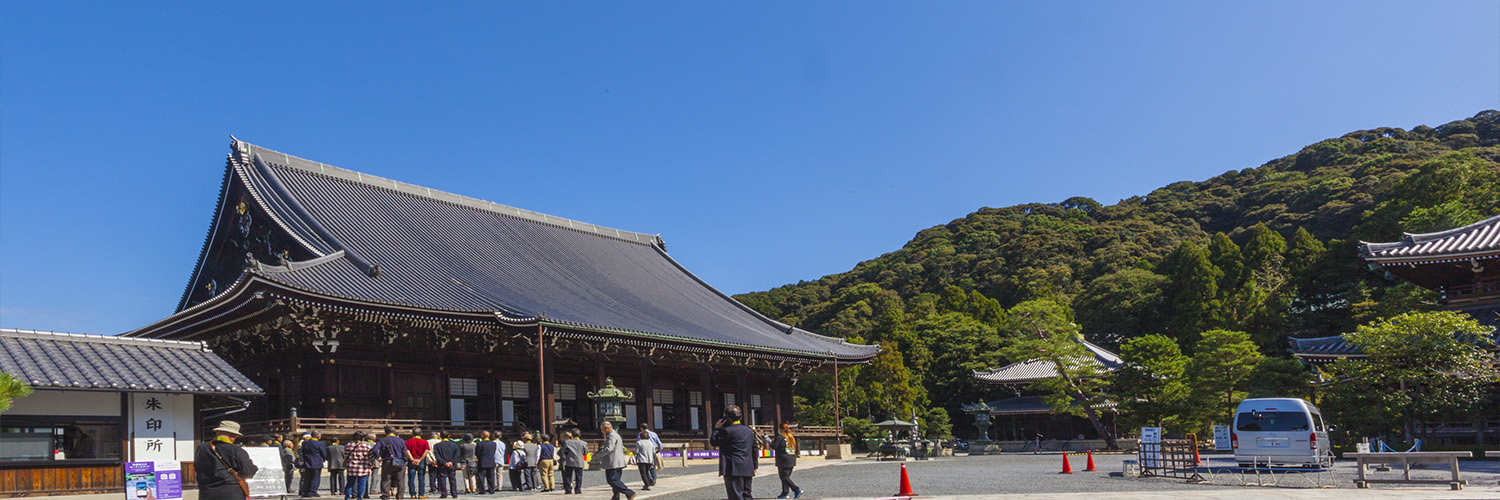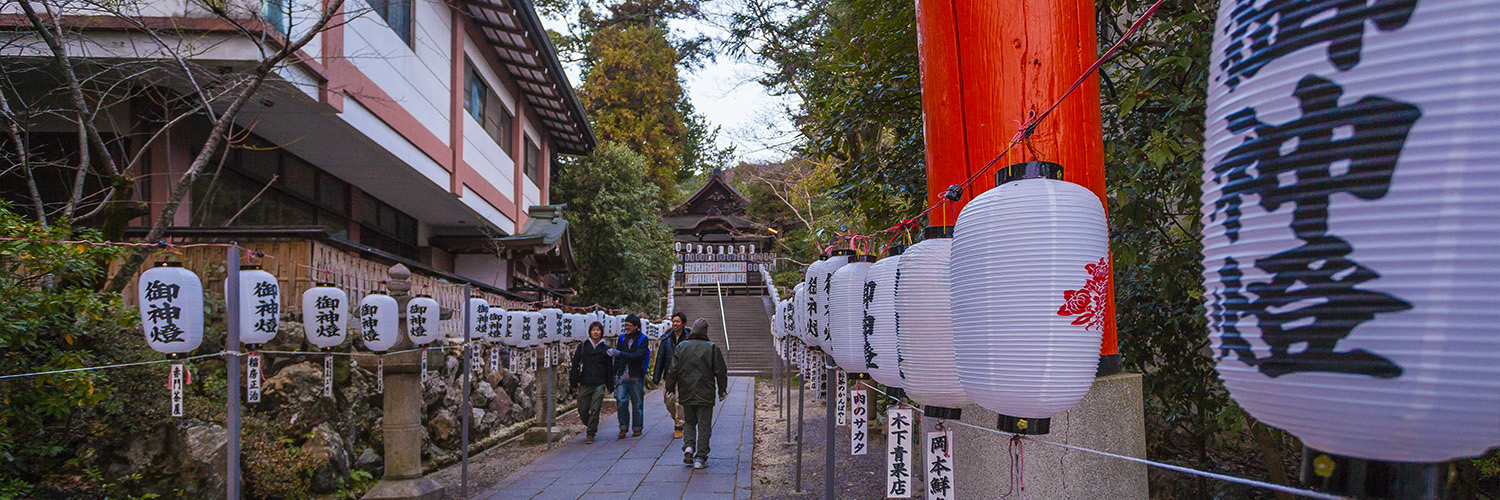- NOTE: These past trips to Japan, it was hard not to notice the massive increase in tourism to the country. Which is a good thing! I’d wondered for decades why more people weren’t as eager as I was to take trips there.
I was watching a recent video from Currently Hannah about over-tourism in Japan (and around the world in general), and I found it to be pretty thoughtful. While I personally DO want to point at and blame specific groups of people (not all, but many Chinese tourists; and also Instagrammers looking for all the same damn shots), she’s right that this is the new reality and we need to work with that fact. It made me think about my own small contribution to the over-crowding of the same collection of tourist spots I tend to recommend to my friends. Not that I’ve influenced that many people, but the thought that I reinforce this made me want to write an additional guide specifically for Kyoto. Maybe get people to explore further out. That includes myself.
KYOTO MAP
I’ll probably regret this down the road, but I broke off Kyoto into its own map. There’s still a Kyoto section in my main map, but I may just update this one from now on. Maybe. Like the main map, there are food recommendations, but you’re still better off reading up on more current offerings from blogs and travel sites. The food in Kyoto is amazing, and being a smaller city you won’t experience crowds like you would in Tokyo.
GETTING TO AND AROUND KYOTO
- If you fly into Tokyo, I suggest to not bother with a connecting flight to Osaka, and instead take the Shinkansen directly to Kyoto. I made that mistake on my 2011 trip, and it took longer and cost more than just taking the train. Derp.
- An alternative is to also take an overnight bus. There are a number of sleeper buses that can cost less than a Shinkansen AND you’ll save on one night of accommodations. They usually arrive pretty early though, like 7am or earlier. There are also sleeper trains as well, though to be honest, I don’t have much experience with either sleeper trains or buses.
- If you fly into Kansai Airport (Osaka), taking a local train vs the Shinkansen to Kyoto is probably fine. Unless you absolutely have to get to Kyoto in 15 minutes.
- Along with the rail network, Kyoto has just two subway lines that run north/south and east/west. So you should get to know the bus system as well.
- Pick up an unlimited pass for your rail/subway/bus needs. For example; if I remember correctly, 3 bus rides is all you need to make the bus pass worthwhile.
- Unlike Tokyo, you tap/pay when you get OFF the bus. Weird.

⇲ Fushimi Inari
SHRINES AND TEMPLES
One of the first things people will notice in Japan is that many places don’t open until 10am or later. So the great thing about Kyoto is that if jetlag kicked you out of bed early, you can just start your sightseeing at shrines and temples as most of them open to the public incredibly early in the morning. Kyoto’s known as the city of a thousand temples, and they’re not kidding. It felt like we hit a quarter of that number during my college trip. So it’s worthwhile to explore as many as you can.
When people talk about over-tourism in Kyoto, they’re likely referring to the most popular temples, as well as the bamboo groves in Arashiyama. Having said that, the main temples are popular for a reason; they are incredibly beautiful, and are often pretty important sites to their respective sects. So while the point of this post is to explore past the main temples, visitors should by no means skip them. As for Arashiyama, it seems the only way to thin the crowds is to go during a typhoon.
I probably shouldn’t need to point this out, but temples are Buddhist and shrines are Shinto. Much of their architecture styles have blended together, so they sometimes look very similar to one another. But if you see a torii gate, shimenawa and shide, and giant sake barrels, it’s a Shinto shrine. If you see large incense burners and um…a big giant Buddha statue, that’s a Buddhist temple.
- Kiyomizu-dera Temple | Kiyomizu-dera has always been my favorite temple in Kyoto. It wasn’t always this crowded; photos I took from college had considerably less crowds. As a result, Kiyomizu is probably a temple worth visiting at the crack of dawn to avoid crowds. The Matsubara-dori leading up to Kiyomizu-dera will also be incredibly crowded with shopping tourists. Break off from the main street and down the Ninen-zaka steps towards Ninen-zaka and Sannen-zaka, where the crowds aren’t as dense. If you continue north, you’ll eventually reach Yasaka Shrine.
- Yasaka Shrine | I know that Yasaka Shrine is considered a major shrine in Kyoto, but is it considered touristy? Hmm…when we visited, it wasn’t crowded at all. Well, it’s still a main tourist sight, so it belongs in this section.
- Fushimi Inari Shrine | The shrine every single damn Instagrammer seems to take photos of. The best crowd deterrent at Fushimi Inari is the fact that the torii gates snake up Mount Inari. There’s a section at the start of the torii gates that’s tailored to the impatient tourist. It’s a short loop through the first two sets of gates. Get past this section and continue to ascend the mountain. It’s about an hour to the summit, and the crowds thin out incredibly fast.
- Kinkakuji/Ginkakuji | I’ll be honest, the Golden Pavilion is a little boring. The titular pavilion is more or less the only thing to see there, and it’s not even the original pavilion (the original was burned down by a noob monk). You take your photos and you’re done. If you need that photo, then go for it. I think Ginkakuji, the Silver Pavilion is more worthwhile. Sure they never got that silver glued on, but there are beautiful gardens and extensive temple grounds.
- Heian Shrine | Oh fuck, I forgot to take my friend to the Heian Shrine. My professors Chuck and Lenny would be ashamed of me.

⇲ Tofukuji Temple
Once you’re done with the major temples, the majority of the other shrines and temples will be considerably less crowded in comparison. Many of these temples and shrines are by all measures also considered major tourist sites. But for one reason or another don’t get even remotely as much tourists as the ones listed above.
- Tofukuji Temple | This was one of my favorite temples to take photos of during my 2011 trip. It’s only one stop away by train from Fushimi Inari. The temple grounds are sprawling and the Tsutenkyo Bridge spans a valley of maple trees that looks absolutely amazing in the fall.
- Chion-in Temple | Do you like climbing stairs? But something not as masochistic as Mount Inari? Then Chion-in is the perfect temple for you. Adjacent to Maruyama Park behind Yasaka Shrine, it’s easy to spot the massive Sanmon Gate that leads into Chion-in. From there, it takes you up innumerous steps to the temple complex that climbs a bit into the mountainside.
- Kenninji Temple | Nestled in Gion is the relaxing temple grounds of Kenninji. They have pretty zen and moss gardens, and also a badass twin dragons mural.
- Ryoanji Temple | One of the most famous rock gardens in the world, Ryoanji should be a destination for anyone traveling to Kyoto. It’s a short bus ride (or a nice walk) from the Silver Pavilion.
- Adashino Nenbutsuji Temple | If you head to Arashiyama, be sure to visit Adashino alongside the more accessible Tenryuji. The temple ground is filled with thousands of statues, giving it a bit of a surreal landscape.
- Sanjusangendo Temple | Want to see a hall full of mildly creepy statues of Kannon? Awesome, Sanjusangendo is for you. Relatively walkable from Kyoto Station, it’s also halfway to Kiyomizu-dera.
- Byodo-in Temple | Take a nice trip out to Uji! It’s a short train ride from Kyoto and is the location of the really Chinese-looking Byodo-in. Bonus fact, you can find the temple on the back of the ¥10 coin. Second bonus fact, there’s also a replica of Byodo-in in Hawaii.

⇲ Chion-in Temple
FOODING AND DRINKING
To be honest, we didn’t have much trouble eating and drinking around Kyoto. Aside from Nishiki Market, which WAS mobbed by tourists, I don’t think we really encountered an overwhelming amount of crowds. And even then, Nishiki Market closes around 6pm. That isn’t to say you shouldn’t explore beyond just the Kawaramachi area or Kyoto Station, just that the crowds aren’t terrible.
We likewise had our pick of bars, which were mainly along the popular Pontocho. This probably wouldn’t be the case during the spring and summer, when many of the bars and restaurants set up kawadoko facing towards the Kamo River. During our fall trip, while we did encounter plenty of crowds roaming the alleys (more likely they were just touring), we never had a problem finding a quiet bar to relax in.
FURTHER AFIELD
There’s plenty to see further out as well. Some of these though I’ll admit I haven’t visited since college.
- Katsura Imperial Villa | Technically this is a “major” tourist site, but it’s out along the western edge of the city away from most of Kyoto’s tourist areas. You’ll need to join a tour group.
- Ichijoji Ramen Street | Ok, I didn’t know this one. But to the north in the Ichijoji neighborhood is a high concentration of amazing ramen shops. Only in Japan ate their way through some of the shops.
- Oyamazaki Villa Museum of Art | If you want to see architecture by Tadao Ando, one of Japan’s most famous architects (and there are plenty strewn about Kyoto), head south towards this museum owned by Asahi.
- Suntory Yamazaki Distillery | Do you like Japanese Whisky? I actually prefer mine in cocktails. But for the rest of you, take a tour of the Suntory Yamazaki Distillery, next to the Oyamazaki Villa.
- Garden of Fine Art | In the northern areas of Kyoto is another work by Tadao Ando, the Garden of Fine Art open-air museum.
- Fushimi Sake District | I don’t drink much whisky, but I do drink a ton of sake. So for you sake lovers, to the south is the Fushimi Sake District, home to dozens of sake breweries.
- Kurama | Waaay to the north is Kurama, a small village about an hour from central Kyoto. It’s home to Kurama-dera as well as one of the easiest onsens to get to from Kyoto.
- Ryokans | Traditional Japanese ryokans aren’t just hotel accommodations, they’re meant as destinations unto themselves. So go stay at one! Though admittedly many are pretty expensive (but worth the price).

⇲ Uji Shrine
